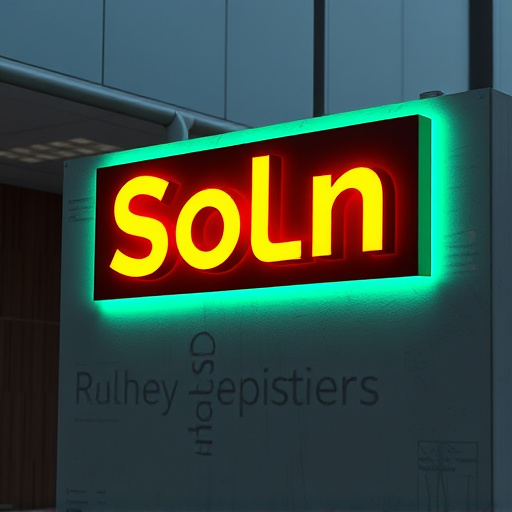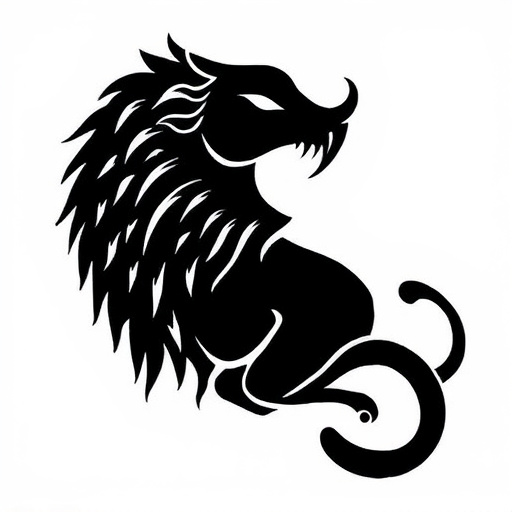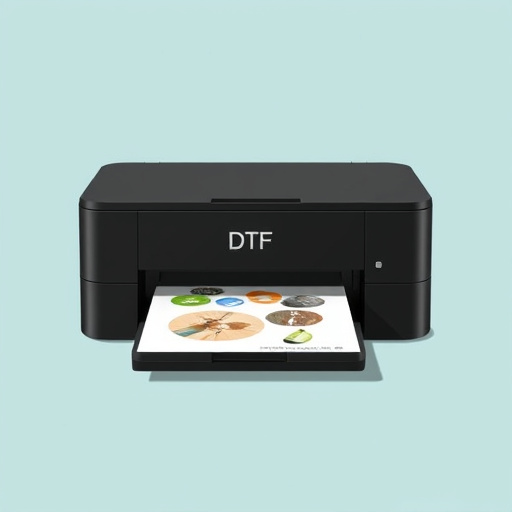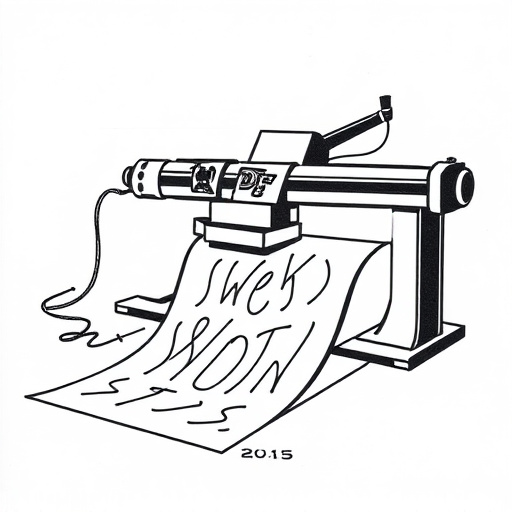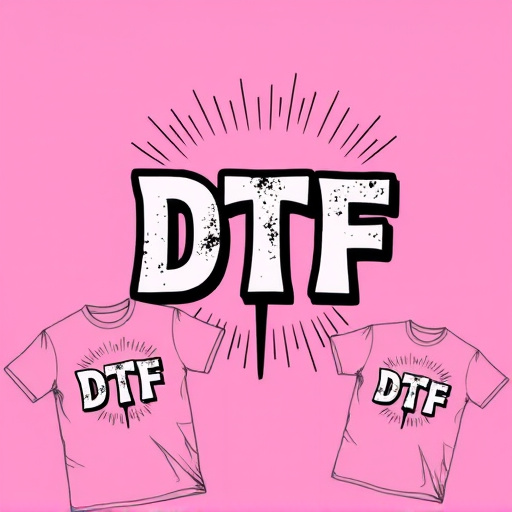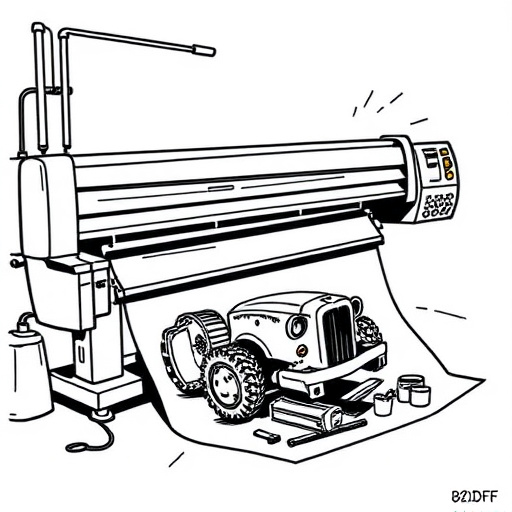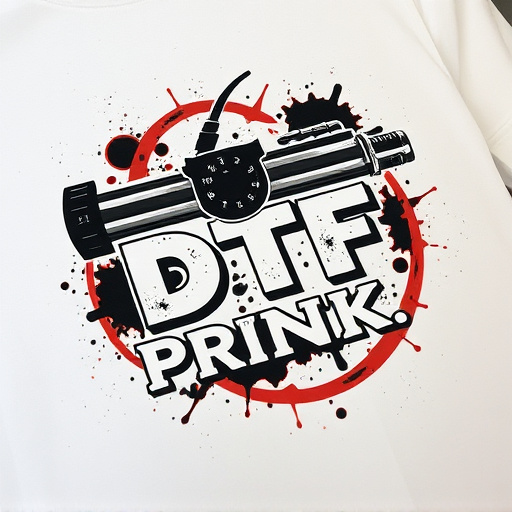Bulk DTF Transfers empower businesses to create personalized designs on clothing using heat press technology. To meet client expectations, clearly communicate the process's capabilities, limitations (like material compatibility and design complexity), and turnaround times. Set realistic goals based on DTG printing dynamics, including varying turnaround times, material costs, and production challenges, building trust through transparent pricing structures. Proactive communication manages expectations, keeps customers informed about timelines and issues, and offers prompt solutions, strengthening relationships and enhancing long-term trust in the competitive custom apparel market.
Managing customer expectations is paramount in today’s competitive market, especially when dealing with complex transactions like bulk DTF transfers. This article delves into the intricate balance between understanding these specialized financial moves and navigating client hopes and fears. We explore strategic tools to set realistic expectations, effective communication techniques for managing disappointments, all while optimizing the bulk DTF transfer process. By mastering these aspects, businesses can enhance customer satisfaction and loyalty in this dynamic sector.
- Understanding Bulk DTF Transfers and Customer Expectations
- Strategies to Set Realistic Expectations for Bulk Transfers
- Effectively Communicating and Managing Disappointments with Bulk DTF Transfers
Understanding Bulk DTF Transfers and Customer Expectations

Bulk DTF Transfers represent a streamlined process for creating custom designs on various products, with a particular focus on clothing like t-shirts. This method, often involving heat press technology, allows for precise and efficient application of graphics and text, catering to both small businesses and large-scale production needs. When it comes to managing customer expectations, understanding this transfer technique is paramount. Businesses engaged in bulk DTF shirt production must comprehend that clients are not just purchasing a final product but also expecting a specific experience.
Therefore, clear communication about the capabilities and limitations of DTF printing for t-shirts is essential. Customers should be aware of factors like material compatibility, design complexity, and turnaround times. By setting realistic expectations, businesses ensure client satisfaction, fostering long-term relationships and encouraging repeat business. This approach is crucial in navigating the competitive landscape of custom apparel production, where managing customer perceptions can significantly impact a company’s success.
Strategies to Set Realistic Expectations for Bulk Transfers

When managing customer expectations with Bulk DTF Transfers, setting clear and realistic goals is paramount. Begin by understanding the nature of DTG printing for bulk orders. Unlike traditional printing methods, DTF offers a level of flexibility, but it’s not without limitations. Communicate openly with clients about turnaround times, as these can vary based on order complexity and current workload. For instance, while cold peel DTF transfers are efficient for light-colored fabrics, printing on dark garments using this method may require pre-treatment or special techniques, adding a bit more time to the process.
Provide detailed pricing structures that factor in the cost of materials, especially when dealing with unique designs or specific request like dtf for t-shirts. Explain the benefits and potential challenges associated with each stage of production. This transparency builds trust and ensures clients have a clear understanding of what to expect. Remember, managing expectations is about fostering long-term relationships by delivering on promises, so setting realistic goals is the first step towards customer satisfaction.
Effectively Communicating and Managing Disappointments with Bulk DTF Transfers
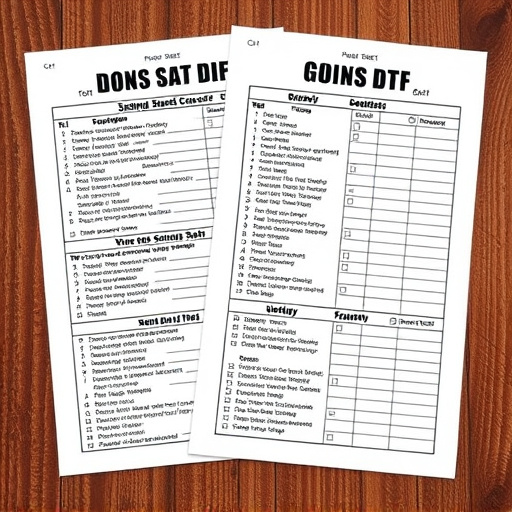
When managing customer expectations with bulk DTF transfers, effectively communicating and addressing disappointments is crucial. Customers often have high hopes for custom DTF transfers, especially when it comes to complex designs or unique material applications like cold peel DTF transfers for t-shirts. However, delays, quality issues, or unexpected results can lead to disappointment. A proactive approach involves openly discussing potential challenges upfront, setting realistic expectations, and providing transparent updates throughout the process.
To mitigate dissatisfaction, ensure clear communication channels are open. Keep customers informed about production timelines, material availability, and any factors that may impact their custom DTF transfers. For instance, if a design is particularly intricate, explain the expected turnaround time honestly. Additionally, offer solutions or alternatives when issues arise to show your commitment to customer satisfaction. Whether it’s resubmitting a design for refinement or suggesting complementary products, addressing disappointments promptly and professionally fosters trust and strengthens client relationships.
Bulk DTF transfers, while offering significant advantages, can lead to complex customer expectations. By understanding these dynamics, implementing realistic expectation-setting strategies, and adopting effective communication practices, businesses can successfully navigate potential disappointments. This approach ensures a smoother experience for both customers and the organization, ultimately enhancing satisfaction with bulk transfer processes.


